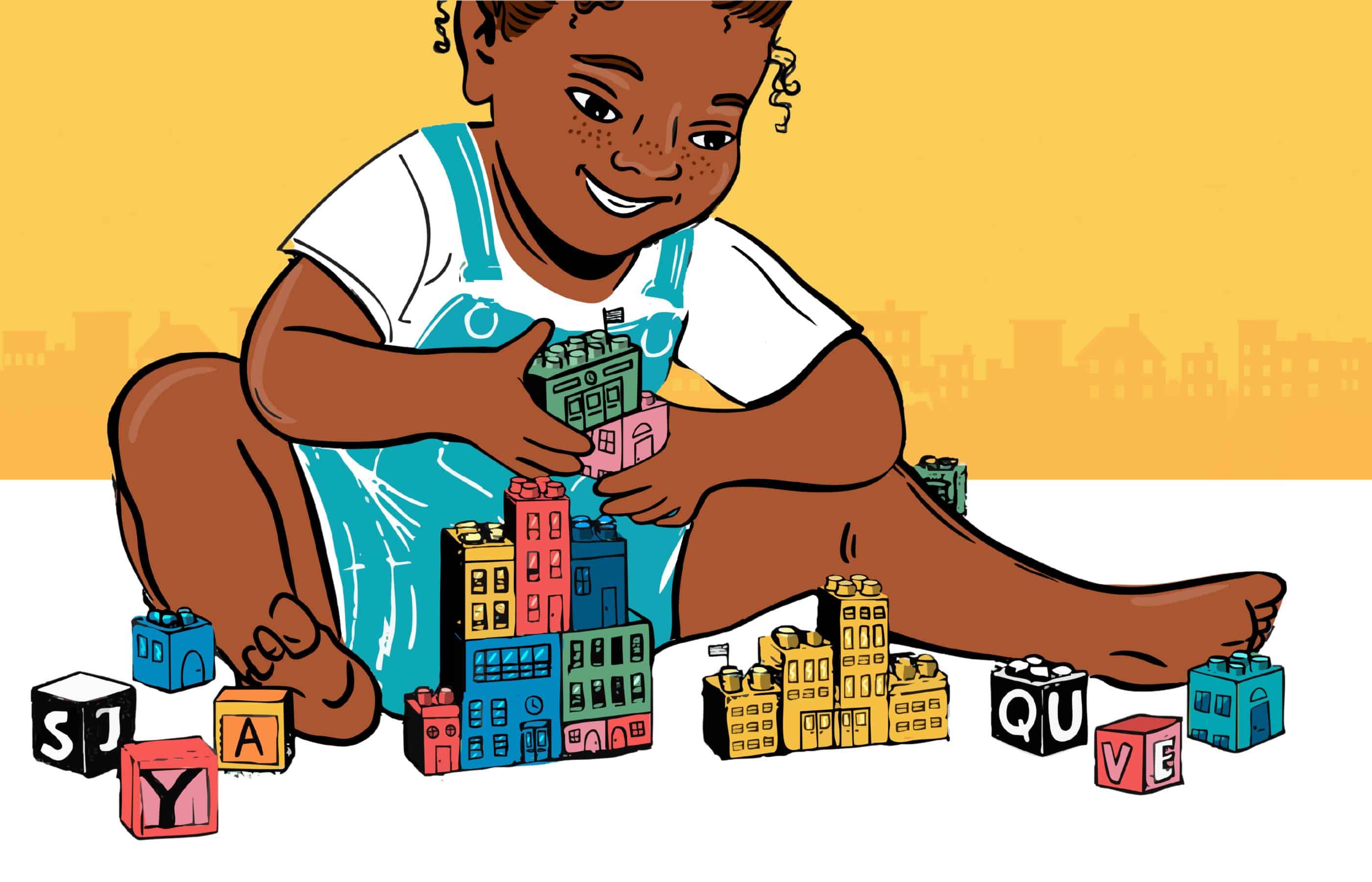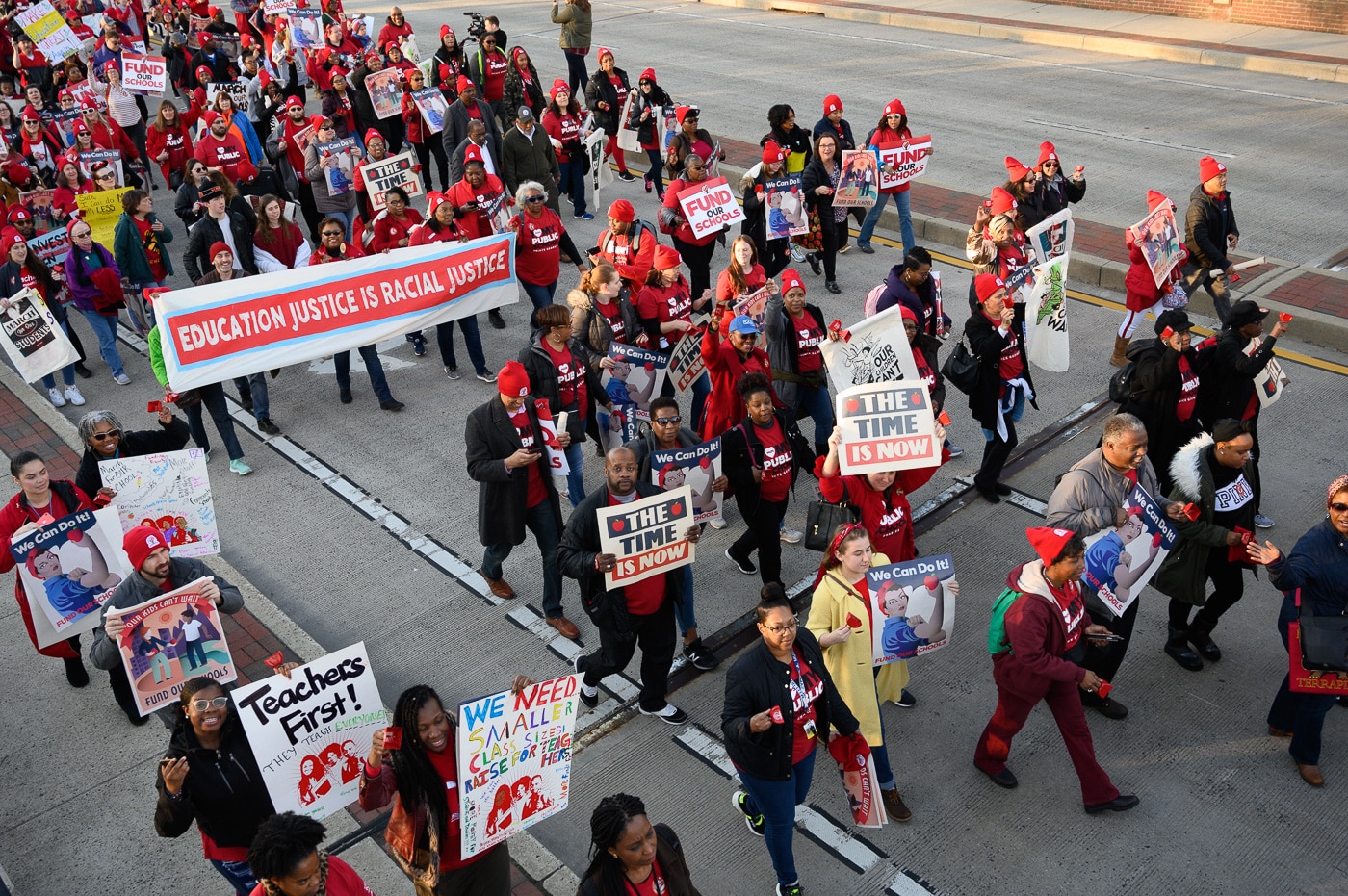Shelterforce Series
Under the Lens
Under the Lens series are Shelterforce’s deep dives into specific topics. Here you’ll find features, explainers, solutions, opinion, and conversation around crucial themes in housing and community development. A single Under the Lens series is a focused exploration of a topic—but never the last word.
Featured Series
Street Blocks to Alphabet Blocks: The Housing-Education Connection
In this Under the Lens series, we explore the ways the educational justice and housing justice movements overlap, why it’s challenging for these two spheres to work together, and much more. If you prefer listening to the series, you can here.
More Series
Dual Crises: Housing in a Changing Climate

Americans are struggling more than ever to find and maintain housing they can afford. The climate crisis is only making things worse. In this series, Shelterforce takes a deeper look at the intersection of housing and climate change, and the threat a changing climate poses to the nation’s stock of affordable housing. What are some of the possible solutions and challenges to confront that threat?
Explore the Series Moving Community Development Forward
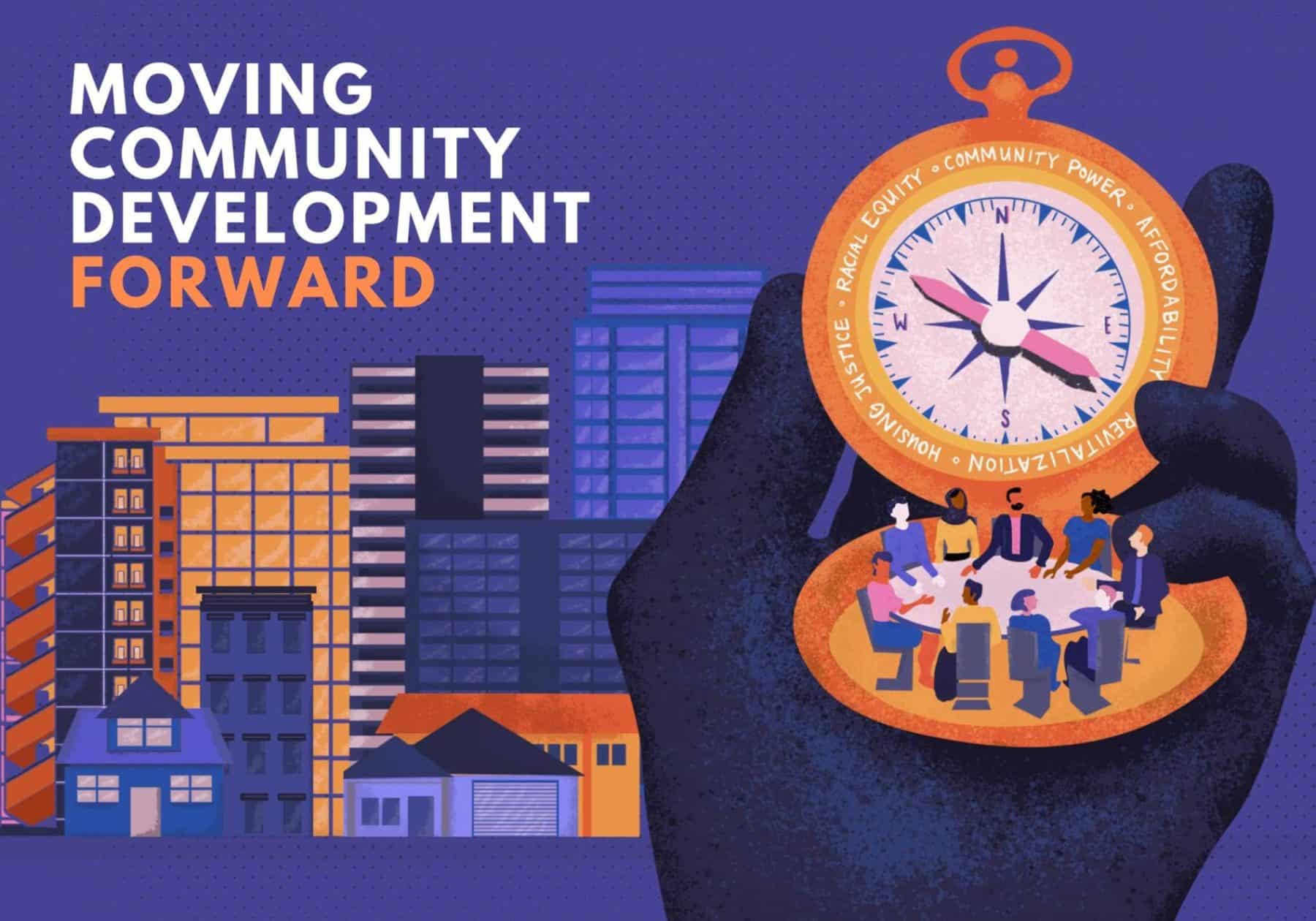
In this series, we examine the state of the community development field, the challenges and tensions it faces, and some promising approaches to this work.
Explore the Series LIHTC: The Good, the Bad, and the Very Complicated
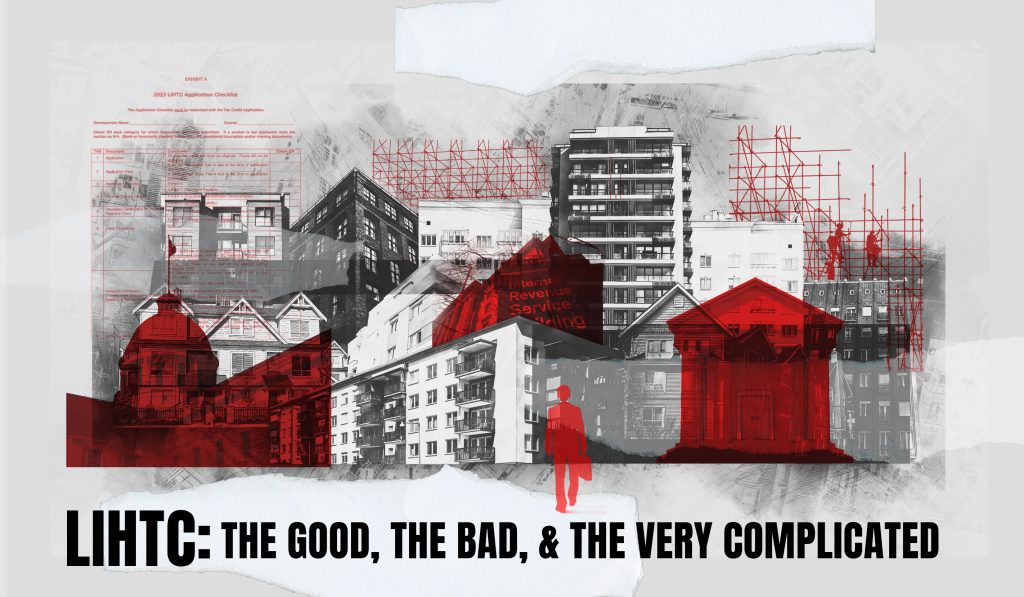
The Low-Income Housing Tax Credit (LIHTC) program awards billions in tax credits each year to private market investors and developers who promise to build or preserve affordable housing. But the program is notoriously complex. Who enforces its rules? Why is it so dominant in the housing sector? What's the current state of efforts to reform it?
Explore the Series Not Just Ramps—Disability and Housing Justice
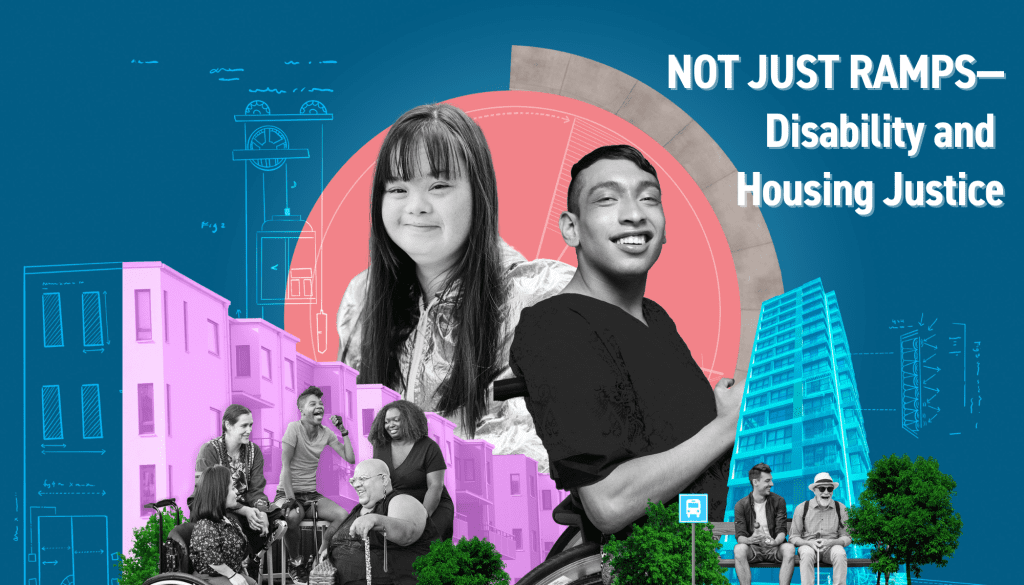
This series explores the intersection of housing and disability. What do we find when we take a disability justice lens to the question of accessible and affordable housing? Shelterforce delves into some of the different laws that are supposed to require accessible spaces and reduce discrimination, the tactics and resources housing developers can use to create disability-forward housing, and lots more.
Explore the Series New AFFH Rules: What You Need to Know
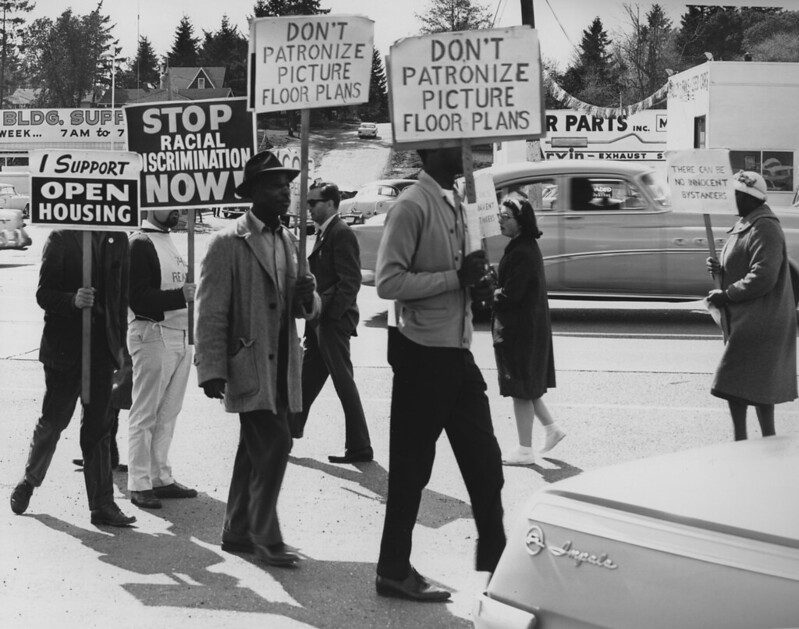
What’s the Affirmatively Furthering Fair Housing provision? How has it been enforced in the past? And what do fair housing advocates think of the Biden Administration's proposed changes?
Explore the Series Tenant Power Returns
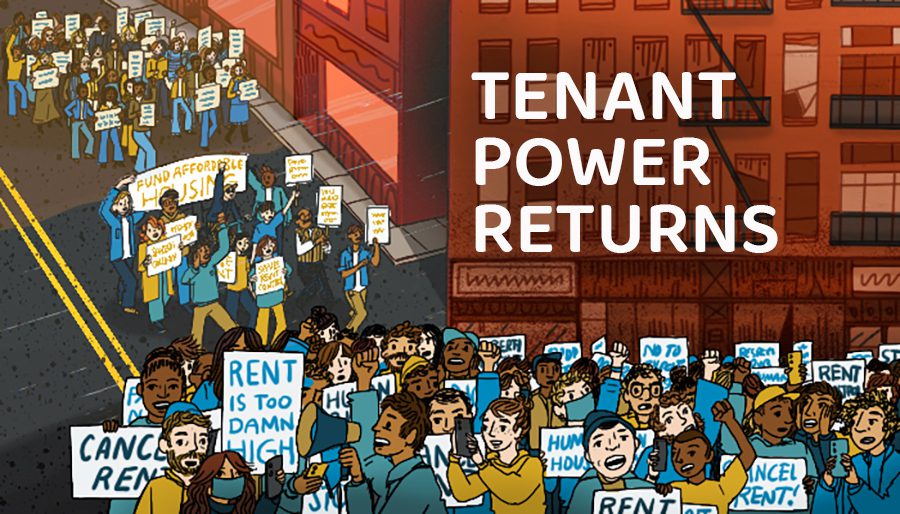
In this series Shelterforce dives deep into the past, present, and future of tenant organizing. We take a closer look at the components of what many organizers call a tenants bill of rights and give you accessible ways to share them with others, plus lots more.
Explore the Series Homes or Cash Cows?
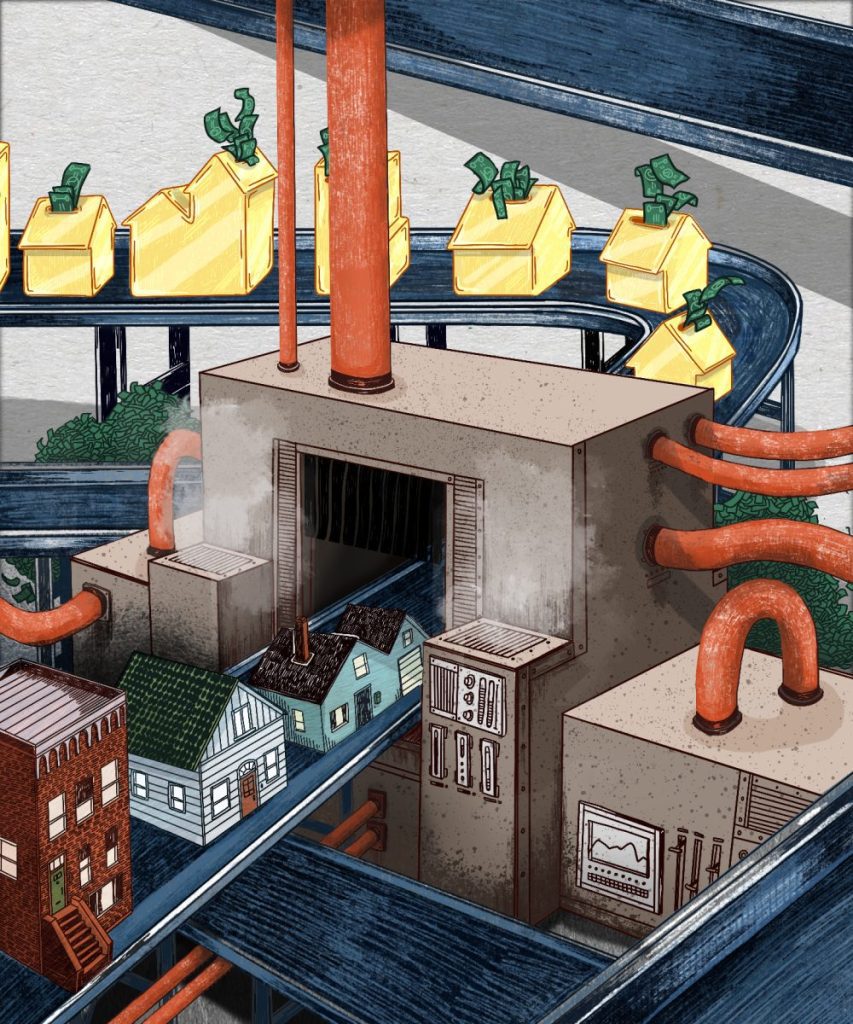
Nowadays housing is treated more as an instrument for financial gain than a place for shelter. How has this way of thinking changed the market? In this series we explore what people mean when they talk about the "financialization" of housing, some of its causes and effects, and what housing advocates are trying to do about it.
Explore the Series ADUs Explained
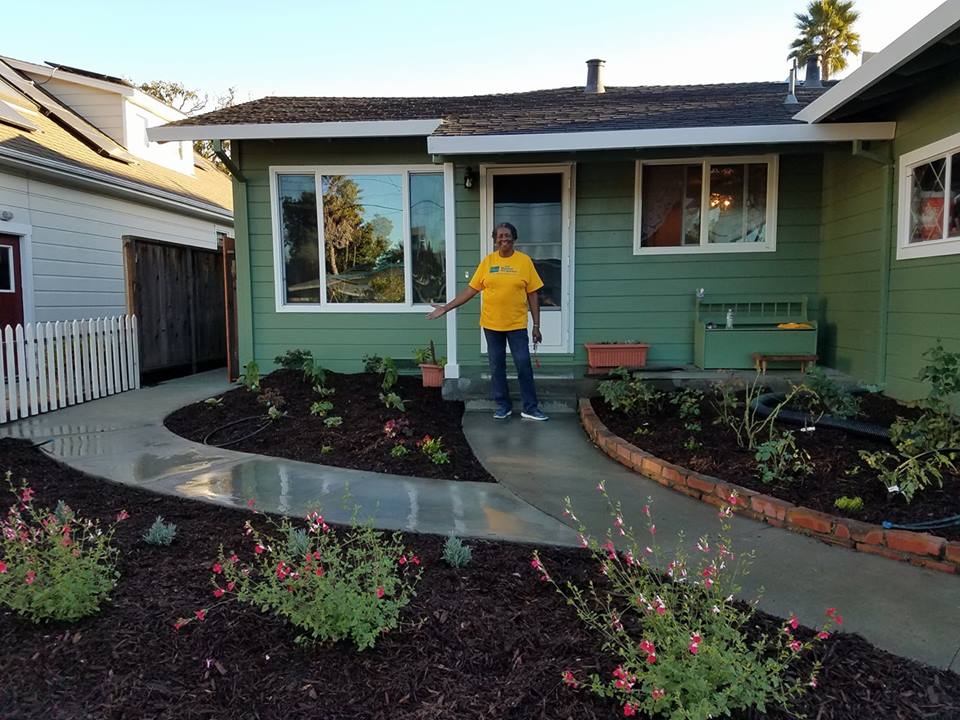
This series covers major policy considerations in legalizing accessory dwelling units, how they get built and financed, and the role they can play in our affordable housing landscape.
Explore the Series The Racial Wealth Gap—Moving to Systemic Solutions

As important as homeownership, business ownership, and higher education are, we must go beyond simply promoting more of each if we want to close the racial wealth gap. In this series, Shelterforce widens the lens on the racial wealth gap and what needs to be done about it.
Explore the Series Building Differently
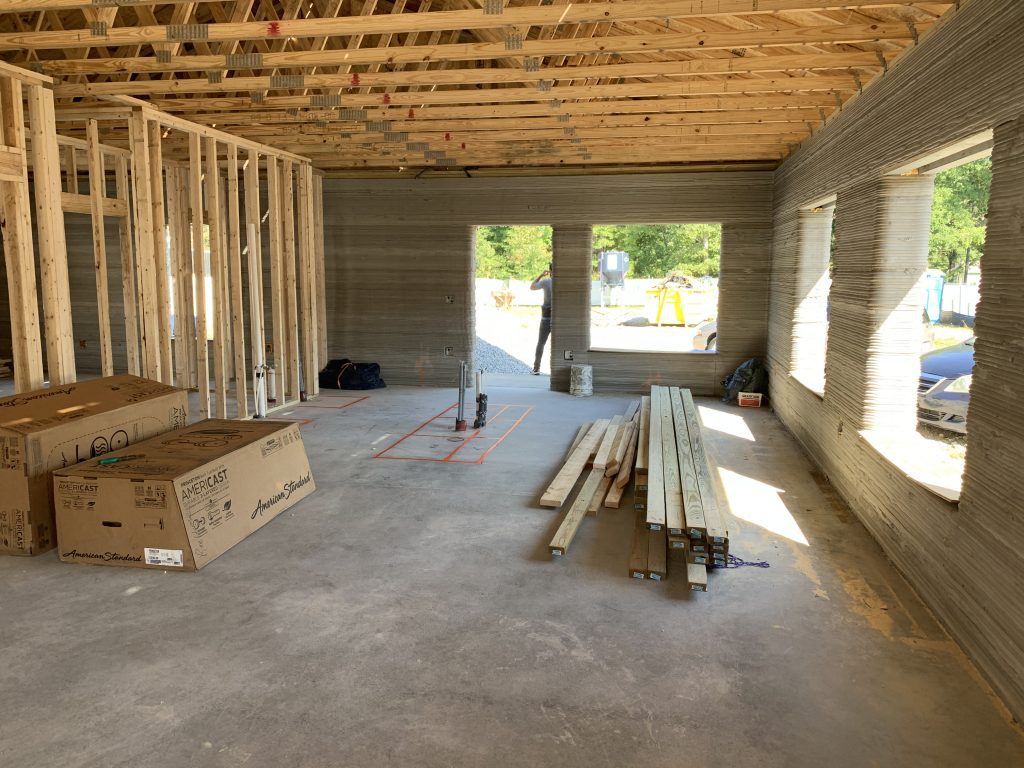
Experiments to lower construction costs, from utilizing shipping containers to 3D printing, have been happening for years. But have we found anything that will help us build affordable housing at scale, and for less? And if not, what will it take to get us there?
Explore the Series Community Ownership Takes Center Stage
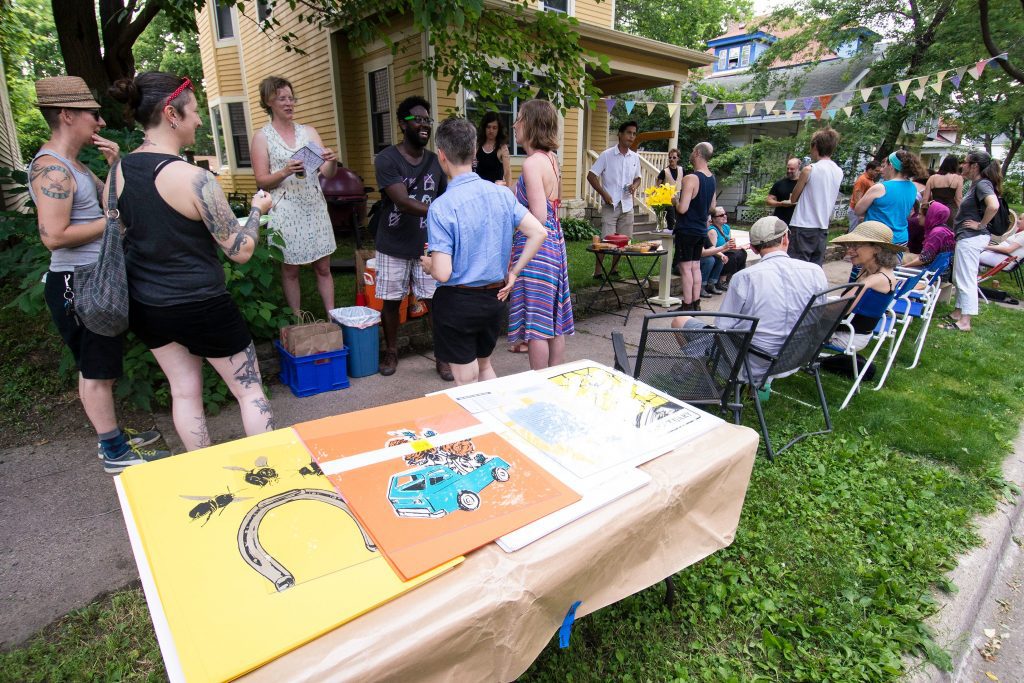
Community land trusts and cooperatives are two of the most prominent models of community ownership, and ones we’ve written about for many years. In this series we take a focused look at some of the ways these forms of community ownership are evolving.
Explore the Series Whatever Happened To ...

To know where we’re going, we need to know where we’ve been. We need to take a look back at how promising or ambitious initiatives panned out, whether trends that seemed to be going strong stayed on course, and how thorny challenges were resolved. In our first official Under the Lens series, we revisit some of our past coverage to ask “Whatever happened to that?”
Explore the Series Health Sector 101
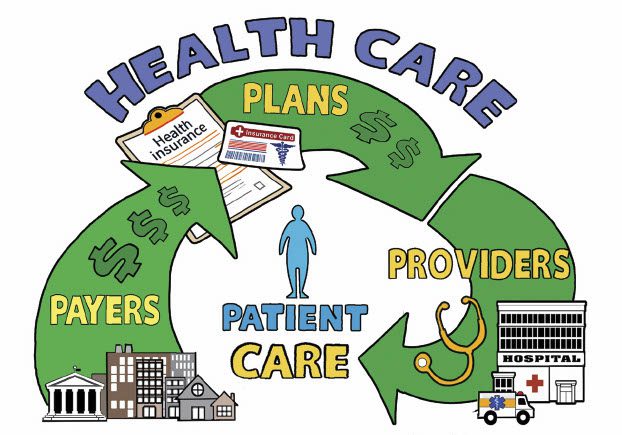
Housing is health care. The truth of that statement is clearer now than ever before. But knowing that partnering with the health sector is a good idea and understanding how to do it are two different things. This series talks about what often doesn't get said. Who are the players in the health sector, and what are their incentives to address social determinants of health? What is the difference between public health and medical care? How do partnerships get started?
Explore the Series 
